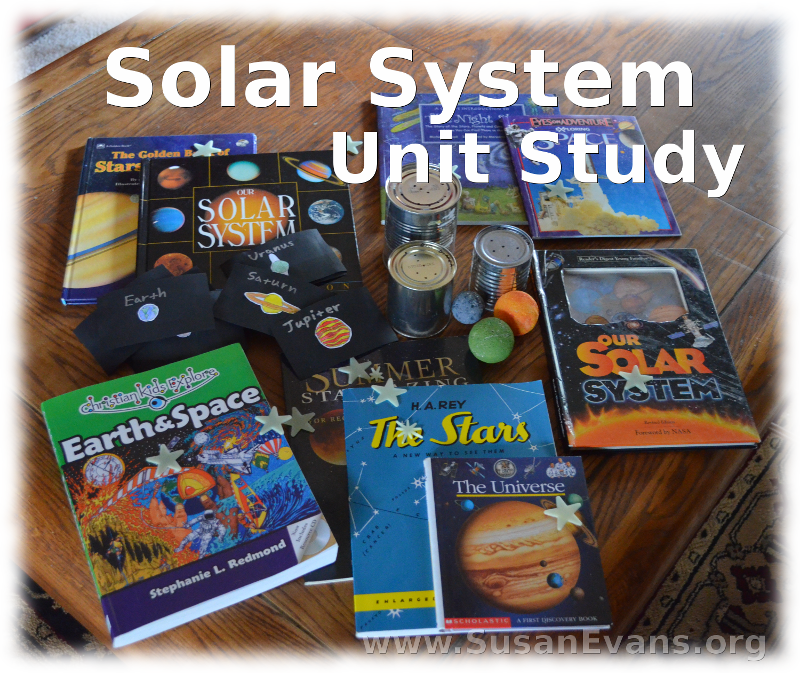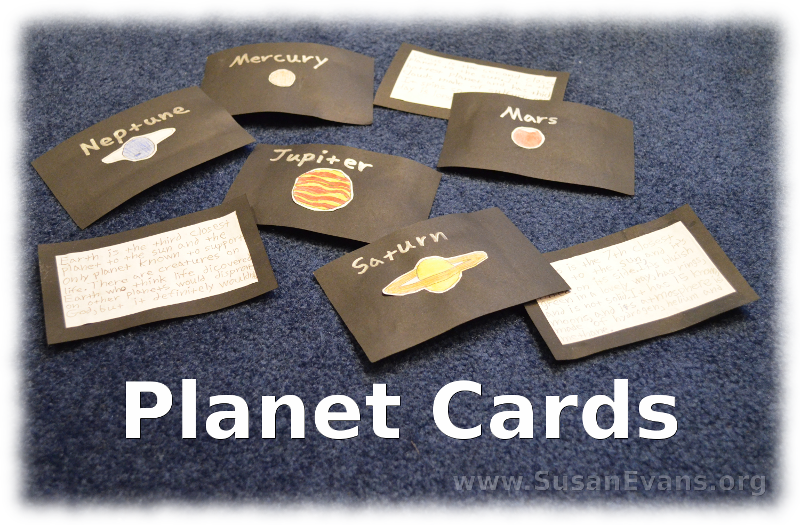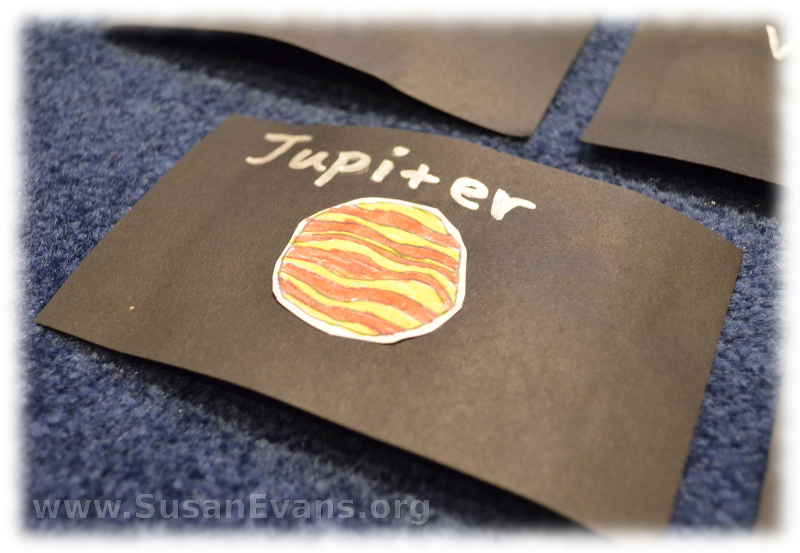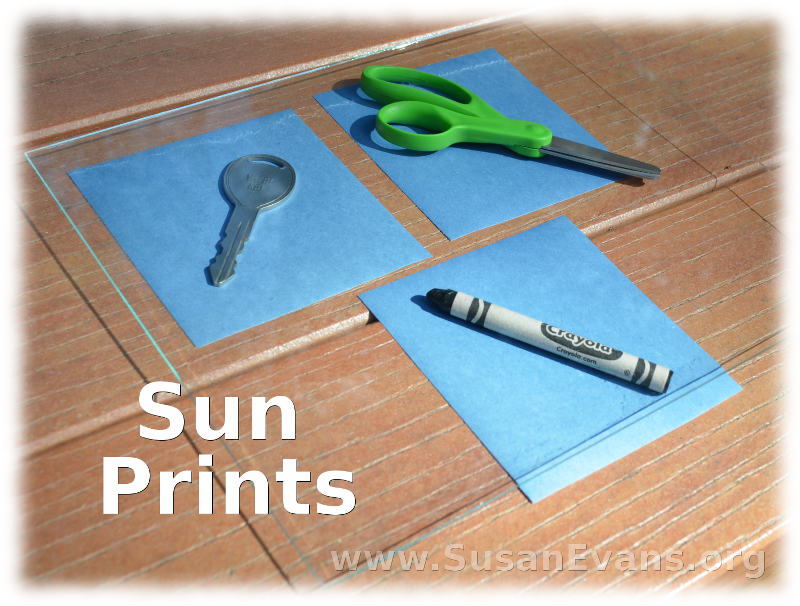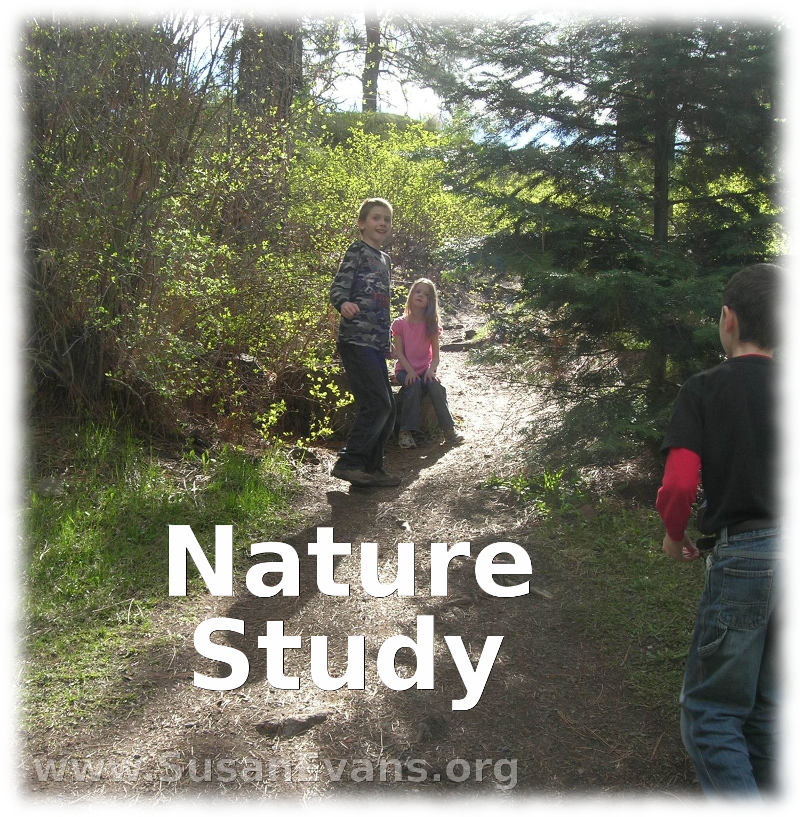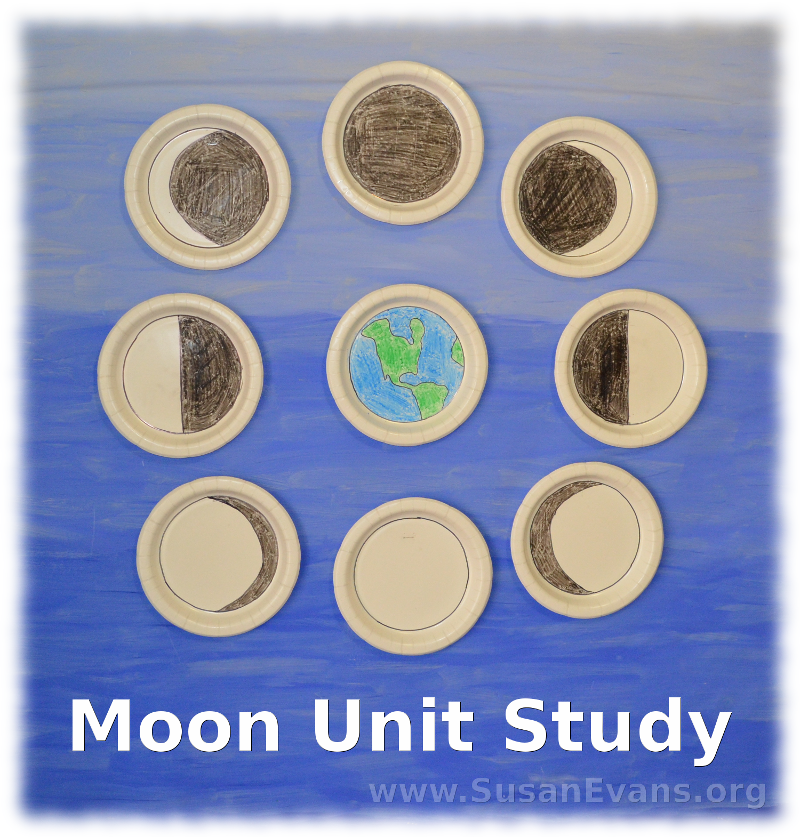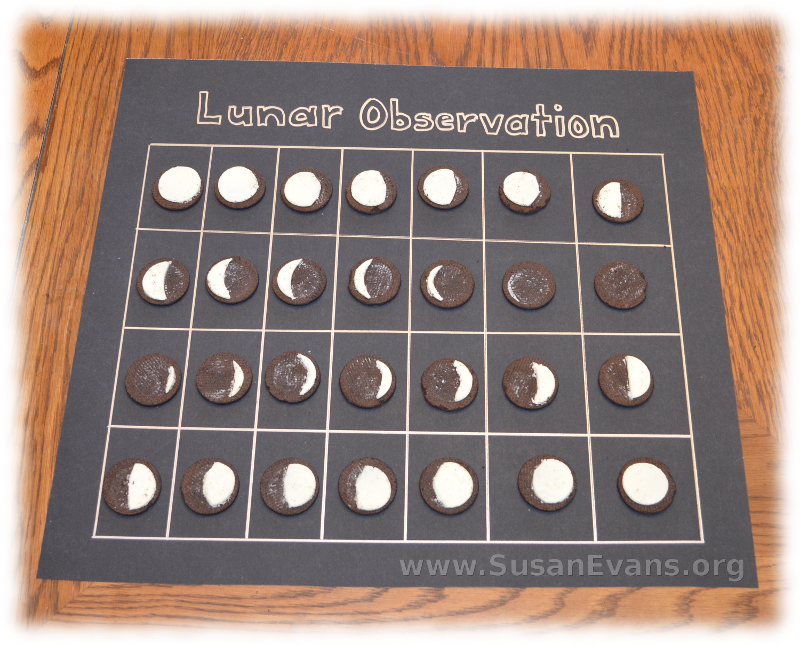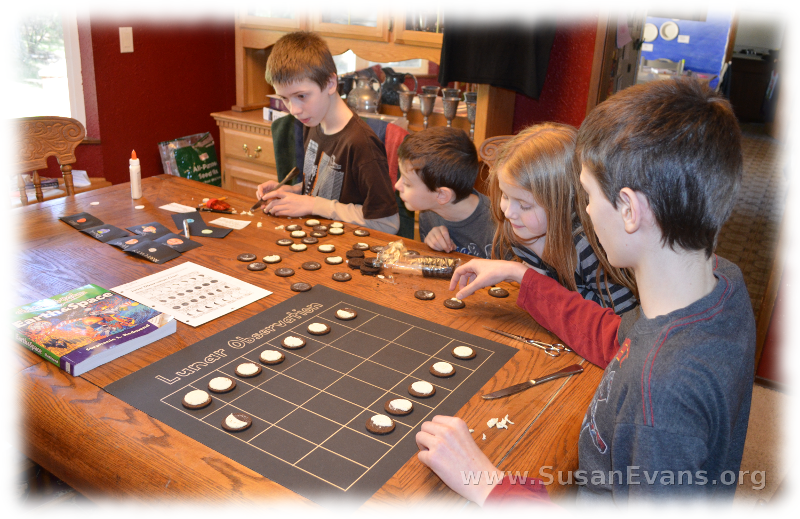 This post contains affiliate links. I was compensated for my work in writing this post.
This post contains affiliate links. I was compensated for my work in writing this post.
We’ve had such a great time this year, doing all the hands-on activities in the book Earth and Space by Bright Ideas Press. We’ve formed Earth layers out of clay, dramatized the moon revolving and rotating around the sun, shook sandy earthquakes, dyed plate tectonic eggs, erupted a volcano, grown stalactites, cooked layered sedimentary rocks, performed skits of the water cycle and ocean currents, raced slow glaciers down a ramp, watched how groundwater sinks through layers of sand and pebbles, painted an atmosphere mural, made homemade weather instruments, created a tornado in a bottle, performed a ridiculous weather report, colored the phases of the moon on paper plates and Oreos, made sun prints, and created fun planet cards for the solar system. We did lots of other activities, too, which I mention in the videos contained in each blog post.
Besides all the wonderful hands-on activities in the Earth and Space book, the text was fun and conversational and included plenty of rich vocabulary for each topic. The printable diagrams were great, and all the printables were on a computer disc that came with the book. (The disc is attached to the back inside cover and can be removed after purchasing the book.) This makes the pages easy to copy, since you don’t have to slap a large book on the photocopier. (You are allowed to print copies for your own family.) My kids enjoyed coloring the gorgeous coloring pages, too, so make sure to have some quality colored pencils on hand before beginning the book. We placed all the pages into a notebooking binder, and we decorated the outside of the binder. (I show you how we did this in the first video tutorial below.)
I thought it would be easier for people to find all the posts if I made an index page, so here it is. When you use the book Earth and Space by Bright Ideas Press, be sure to come back and watch the experiments to help you see how they can be done.

